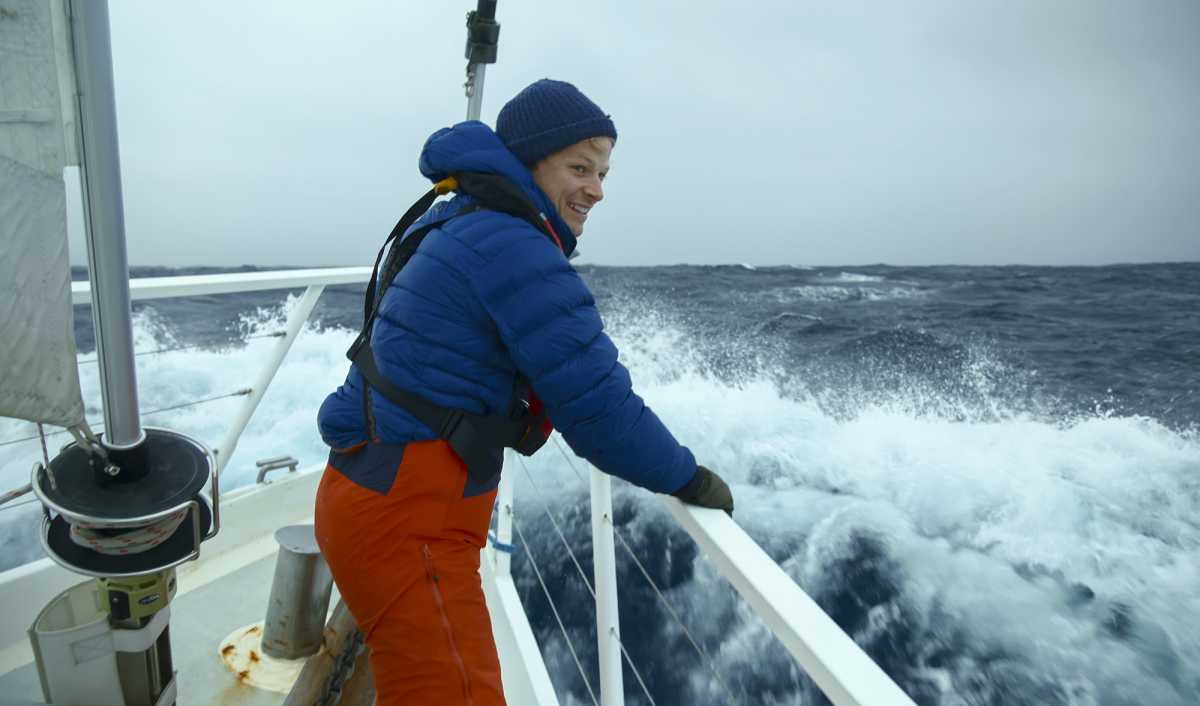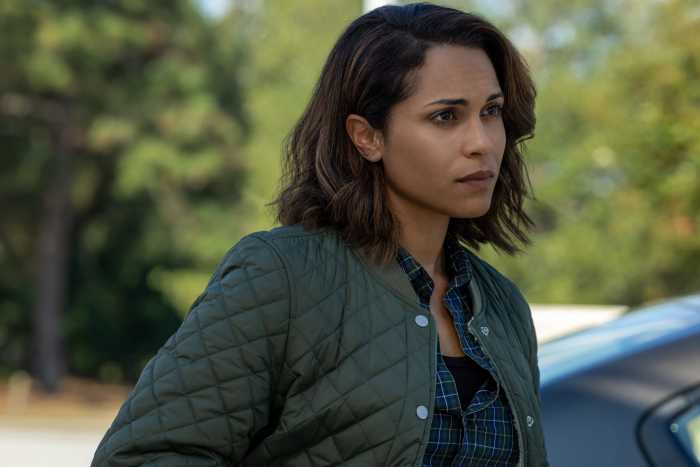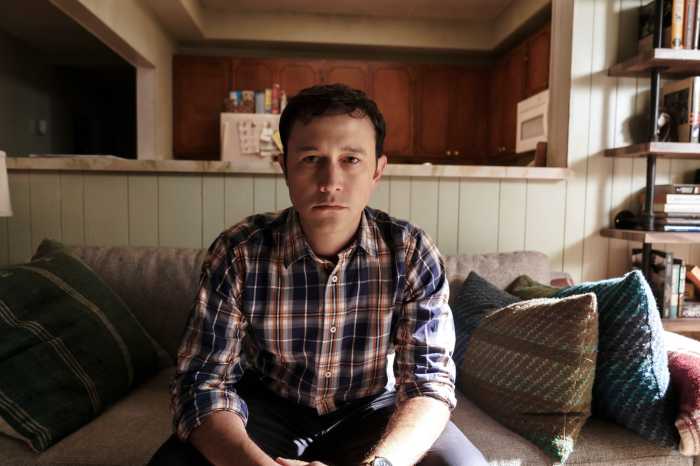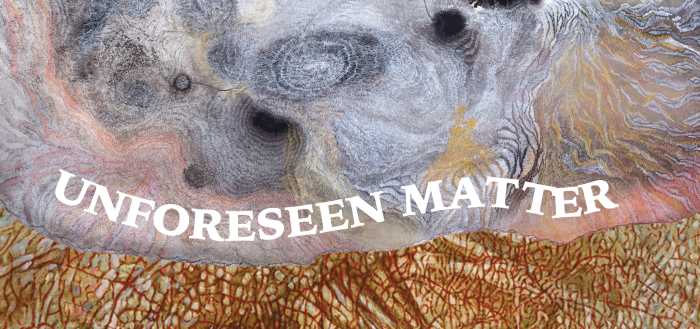Growing up in a coastal town in England, Bertie Gregory first fell in love with nature while spending most of his days in the water. In his words, every time he went on an adventure in nature, he felt like it opened a window into another world. After making his passion his career, Gregory was able to expand his photo career to film, and since then has shot documentaries for NatGeo WILD and BBC Planet Earth—and this was all before his 24th birthday.
Recently, the explorer worked on ‘Epic Adventure’ and now his latest project, ‘Animals Up Close.’ And to talk about what sets this series apart, Gregory sat down to discuss how they choose which animals to follow, the tricky parts of navigating the wild, and how this show also puts a hopeful lens on the world’s future.
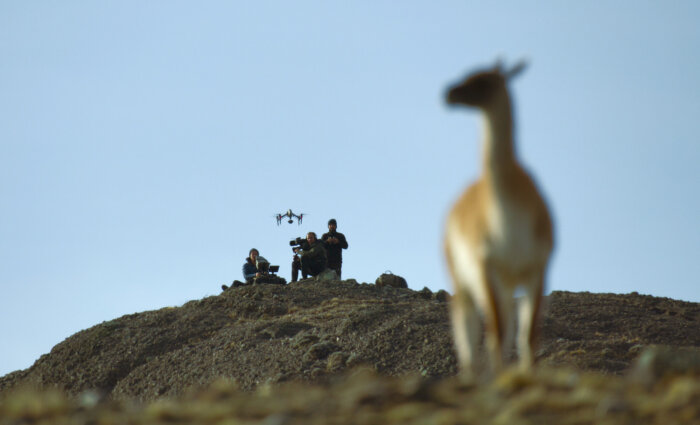
You have a lot of experience in the world of filming and photographing wildlife. What led you to this new series, ‘Animals Up Close?’
‘Animals Up Close’ is really an evolution of [my previous show], ‘Epic Adventures’ in that it is a hybrid show—part following wildlife behavior, and then also part following our struggles to keep up and try and film those animals. But one thing that we found when we made ‘Epic Adventures’ was that the stories that resonated best were the ones that were about individual animals and individual animal families. That’s really what we focused on with ‘Animals Up Close’, hence the name.
Instead of following a whole kind of species, we go and try and track down an individual animal. So as an example, in the case of the Patagonia Puma episode, we weren’t just going to find any puma. We went to try and find one particular puma called Pataka. I met [her] when she was a cub four years ago, so I wanted to go back and see how she was doing. And it turned out that not only has she survived, which is no small feat for a wild puma, but she’s also now a mother herself—a really powerful, amazing mother with two cubs of her own. And for that episode, we spent 51 days on it and we followed her wherever she went, and she took us on an emotional and physical rollercoaster.
What kind of planning went into each episode?
Each episode requires a very different set of equipment, skills and planning because it’s all in such different environments. Across the series, we had 219 days in the field, and probably the most logistically challenging was our Antarctic Killer Whales episode. We sailed from Argentina to get there, we crossed the Drake Passage, which is the infamous stretch of water between South America and Antarctica known as the roughest patch of ocean in the world. And, we went in a 75-foot ice-strengthened sailboat, and we needed an ice-strengthened boat because the Killer Whales that we were following, they’re a particular type of Killer Whale called Pack Ice Killer Whales.
They love moving through very icy landscapes, so in order to keep up with them, you have to kind of play bumper cars with chunks of ice and boats don’t tend to like ice that much. We packed this little boat to the rafters with all our cameras and food and all that stuff, and when you’re down there, you’re by yourself. There’s no one you can call and you’re kind of on your own. So yeah, you have to be very self-sufficient.
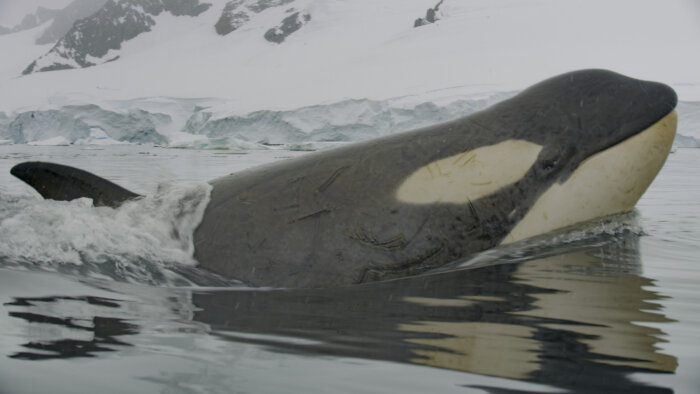
And how do you choose the animals that you follow?
I think a combination of things. The most important thing is that it’s an extraordinary piece of animal behavior, I really want to blow people’s minds with what nature is capable of. But, I also focus on stories that are set in a bigger environmental context, because it’s no secret that we humans are doing awful things to the natural world, and I think it’s important to show that.
But one of the things I’m most proud about with the series is that as well as showing some of the doom and gloom, we also document the hope. In every episode, time and time again, we met incredible people doing awesome things to turn around our relationship with the natural world and save these wild places. It’s so cool to be able to shine a light on those people.
I remember that’s the direction that ‘Epic Adventures’ took as well. It showed a lot more hope in terms of the environment and its future.
A key part of this series is that we’ve really dialed that up and it’s much more integral to the story. In the case of the Devil Ray Islands episode, the entire episode is about this amazing conservation success story. So there’s a place called Misool, which is an island in Raja Ampat, which is an archipelago of more than 1,500 islands in Indonesia. These islands are covered in jungle and surrounded by amazing coral reefs, and 20 years ago, Missol was getting destroyed—there was a lot of dynamite fishing, which is when you basically drop bombs on coral reefs, killing all the fish in the coral for a quick easy catch. There was also loads of shark finning for shark fin soup.
The local community 20 years ago came together and said, enough is enough, we are changing this— it’s not good for wildlife and it’s not good for us. This place has gone through this unbelievable transformation, and now it’s one of the only places on earth where biodiversity, that’s the number of different species, is increasing. And the biomass, the weight of living things, has just gone through the roof in some of the reefs in that marine reserve. It’s gone up by 600%, which is wild. And in the case of the sharks, some of my favorites, there are now 25 times more sharks inside the protected area than outside. So it’s just this awesome example of how if you look after nature, it will come back.
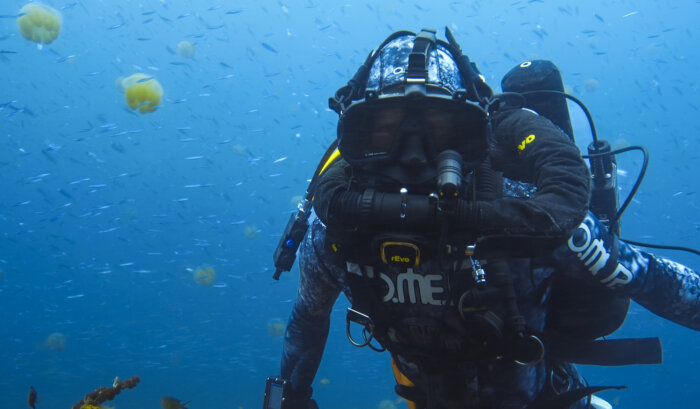
What stands out to you overall with ‘Animals Up Close’?
I think what happens when you get close to these animals and spend the amount of time that we did with them, I really got an extra appreciation for just how challenging their lives are, but also how complex their lives are. I mean, in the case of the Antarctic Killer Whales that we followed, we have just scratched the surface of just how intelligent wild animals are. As a team, they locate seals that are resting out of the water on chunks of ice—a place that should be out of reach to a marine predator.
They have figured out that with using teamwork, they can create a wave with their bodies to wash the seals into the water so that they can hunt them. And you’ll see in the episode just how important passing this knowledge down to the next generation of these Killer Whales is. There’s only a hundred of them in existence that do this, and it’s a culture that they have, they aren’t born knowing how to do this. They learn to do it from older members in the pod, and then they master it over decades like a professional athlete does. It was really spine tingling to be in the presence of such intelligence.
Catch ‘Animals Up Close’ with Bertie Gregory on Disney+



